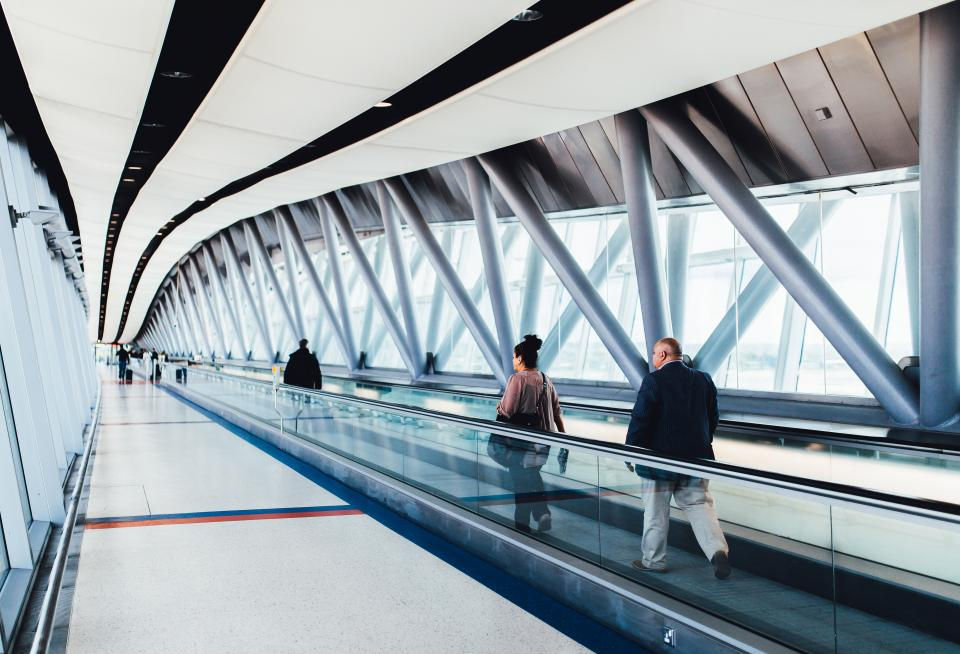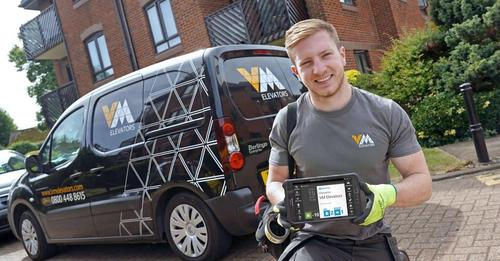The Next Floor: How AI is Revolutionizing the Elevator Industry
- Devin Lewis
- Sep 26
- 3 min read

For over a century, the fundamental purpose of an elevator has remained unchanged: to move people and goods vertically safely and efficiently. While the mechanics have been refined, the experience has often been one of waiting, pushing buttons, and sharing silent, crowded rides. But a quiet revolution is underway, and its engine is Artificial Intelligence (AI). AI is transforming elevators from simple mechanical boxes into intelligent, predictive, and seamlessly integrated components of a building's central nervous system.
The most immediate and noticeable impact for users is the dramatic improvement in Destination Dispatch. Early systems simply grouped people going to similar floors. Now, AI-powered dispatch analyzes real-time passenger traffic patterns using sensors and historical data. It can predict rush hours—like the morning influx or lunchtime exodus—and proactively allocate elevator resources to minimize wait times. Imagine a system that learns that a conference on the 30th floor is ending at 4 PM and automatically prepares by sending empty cars to that level in advance. This isn't science fiction; it's the new standard for intelligent buildings, reducing average waiting times by up to 50%.
Beyond mere efficiency, AI is a powerful guardian of Predictive Maintenance. Traditional maintenance schedules are based on time—a technician visits every three or six months. AI changes this to a condition-based model. Sensors embedded throughout the elevator shaft, motor, and cab continuously monitor thousands of data points: vibration patterns, motor temperature, door operation speed, and alignment. AI algorithms analyze this data in real-time, identifying subtle anomalies that precede a failure. Instead of a sudden breakdown, building managers receive an alert that a specific component shows signs of wear and needs replacement within the next 500 operating hours. This shift prevents costly downtime, enhances safety, and optimizes maintenance budgets by fixing issues before they become emergencies.
For passengers, the ride itself is becoming more personalized and intuitive. AI-powered interfaces can include touchless controls, voice commands, and even facial recognition for secure access. The elevator can learn individual preferences, automatically directing a regular employee to their floor or providing a visitor with directions to the reception desk on a screen inside the cab. In the era of health consciousness, AI can also help manage passenger density, suggesting less crowded cars to promote social distancing.
Looking further into the future, the concept of the Mobility-as-a-Service (MaaS) building is taking shape. Here, the elevator is no longer an isolated system. It integrates with a building’s access control, parking garages, and even public transportation schedules. AI acts as the orchestrator. Your car’s GPS could signal the building AI as you arrive. The system could reserve a parking spot, direct an elevator to the garage level to meet you, and have it ready to take you directly to your apartment floor—all without you lifting a finger.
Of course, this data-driven future raises important questions about data privacy and security. The industry must prioritize robust cybersecurity measures and transparent data policies to ensure passenger information is protected.
In conclusion, the impact of AI in the elevator industry is profound. It’s moving us beyond simple vertical transport towards a future of intelligent, predictive, and personalized mobility. By minimizing waits, maximizing uptime, and creating a seamless user experience, AI is ensuring that the elevator industry is not just rising, but soaring to new heights of innovation and efficiency. The next time you step into an elevator, you might just be stepping into the smartest room in the building.








Comments